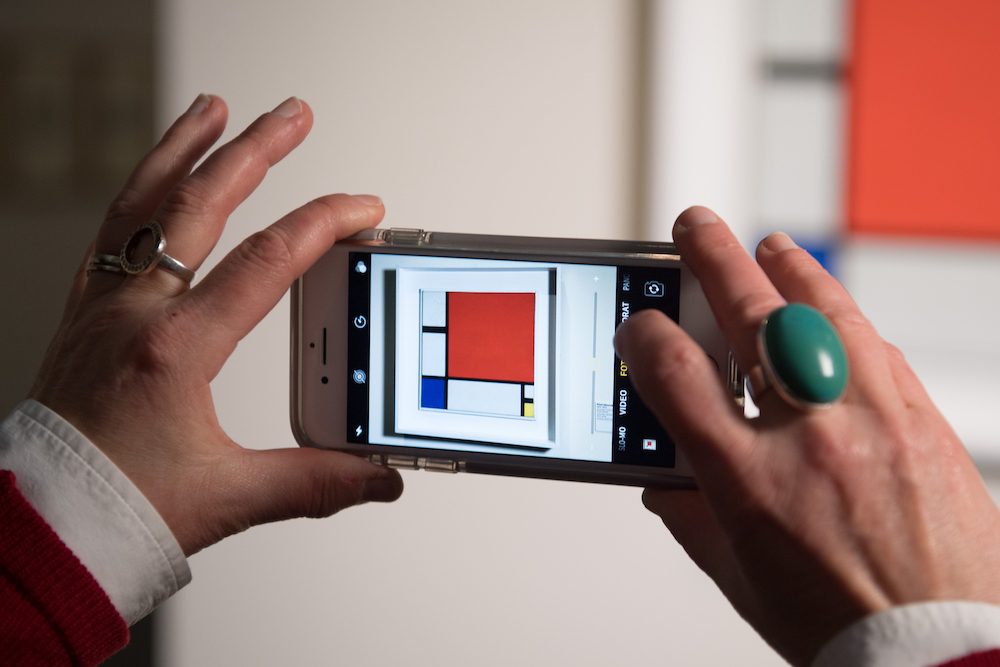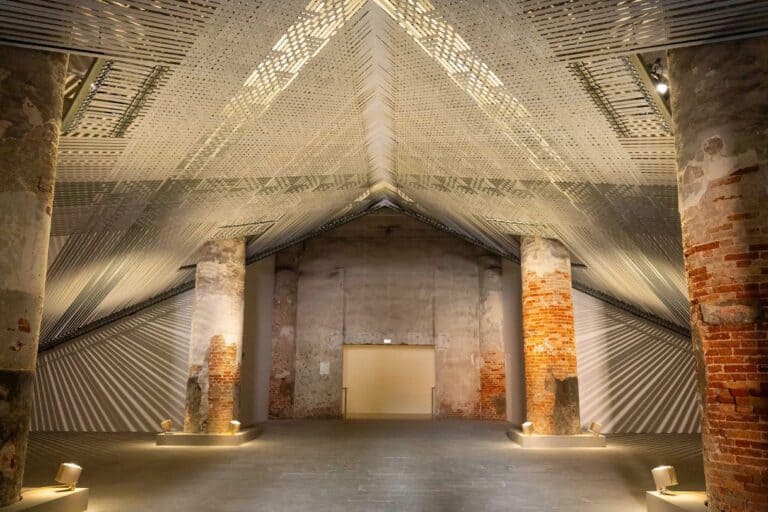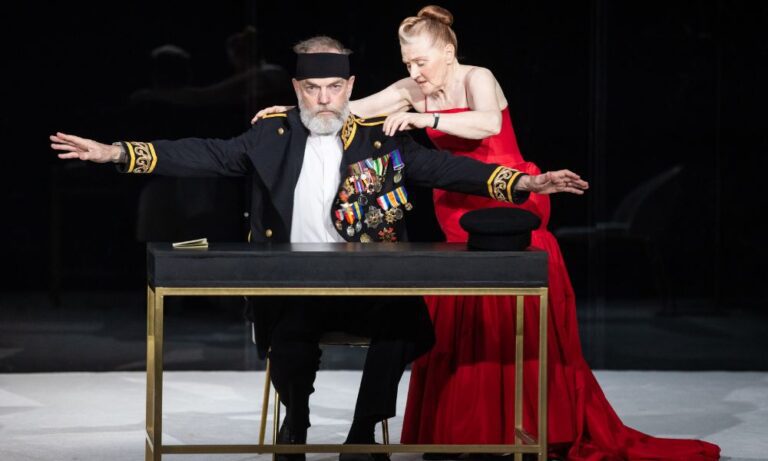Squares, lines, colours: This abstract linear approach to art helped the Dutch painter Piet Mondrian (1872-1944) gain fame around the world.
Mondrian, who, many art historians would argue, was the inventor of the abstract, would have turned 150 this year. To mark this jubilee, the museum with the world’s largest collection of Mondrian works is now honouring the artist with a major exhibition.
Running until September, Mondrian Moves in the Kunstmuseum Den Haag features major works in a gallery that even has its own dedicated soundtrack – techno music made in the style of Mondrian’s abstract methods.
“Mondrian had a great influence on 20th century art,” said director Benno Tempel at the show’s launch in The Hague on the last day of March.
The museum wants to show “how Mondrian moved between his friends and contemporaries and how great his artistic influence was on artists after him”.
The museum owns more than 300 works by the painter, making it the world’s most extensive Mondrian collection. And it is now also showing numerous works by other artists influenced by his unmistakeable abstract style.
Mondrian drastically changed his style in the course of his career. At first he painted realistic landscapes, often dark. But soon trees and branches lost their solid forms.
He went to Paris and was fascinated by Cubism. Later he created playful compositions according to the De Stijl art movement with lines and coloured rectangles.
His last painting, “Victory Boogie Woogie”, is in many ways the culmination of his creative work. It was created in his New York studio from 1942 to 1944 and was intended to reflect the “rhythm of the future”.
The museum now presents it as a final point of the exhibition. “But at the same time it is also the starting point of post-war art and modern abstract art.”
The museum shows how versatile an artist Mondrian was. For example, he had developed his own vision on electronic music sparking a new movement.
For the exhibition, Steven Brunsmann and Marco Spaventi even composed a piece of techno music based on the painter’s ideas. This can also be heard when looking at the pictures.
At the same time, the exhibition also shows how closely Mondrian was connected with other artists, such as his Dutch colleague Theo van Doesburg or the American dancer and singer Josephine Baker.







